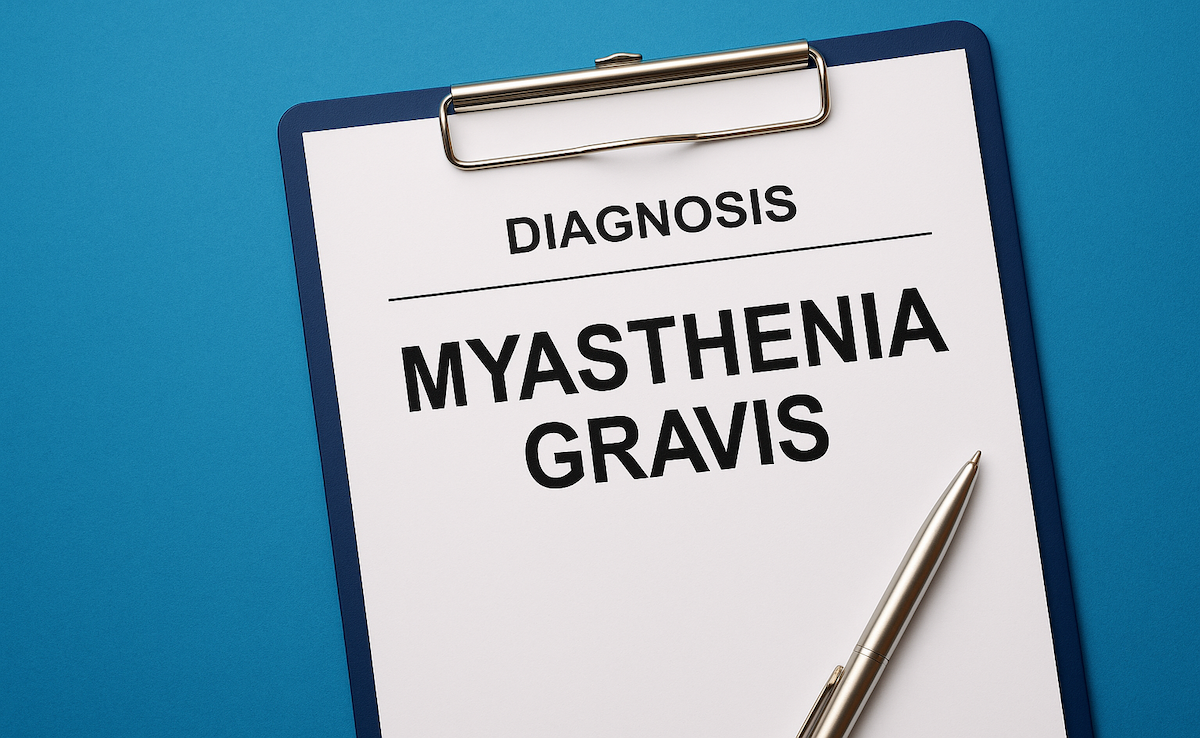Article
Patients Significantly Overestimate Pain After Surgery, Survey Finds
Author(s):
Patients are significantly overestimating the pain they will feel after surgery, indicating that providers can do a better job of educating patients on what they can expect.
Providers are not doing an adequate job of preparing patients for the pain they will experience after a surgery. Research presented at the Anesthesiology 2017 annual meeting found that patients tend to significantly overestimate the pain they’ll experience, which causes unnecessary anxiety.
Patients who receive regional anesthesia, which requires an injection near a cluster of nerves to numb the area of the body requiring surgery, were the most likely to overestimate their pain after surgery.
“We believe providers need to do a better job of counseling patients on realistic pain expectations,” study co-author Jaime L. Baratta, MD, director of regional anesthesia at Thomas Jefferson University Hospital in Philadelphia, said in a statement. “This is especially true for patients receiving regional anesthesia who may not fully understand the benefits of nerve blocks and other regional anesthesia procedures aimed at preventing postoperative pain.”
The authors conducted a survey of 223 patients. They distributed a questionnaire to patients older than 18 years who were undergoing orthopedic, neurosurgical, or general surgery procedures, and asked them to evaluate the expected severity of postoperative pain. A pain assessment rating (1-10) was obtained in the postanesthesia care unit 1 hour after surgery and on the first day after surgery.
The expected mean pain rating that was gathered 1 hour after surgery was a 4.66, but the actual pain rating was 2.56. The mean expected pain rating on the first day after surgery was also higher than the actual pain (5.45 vs 4.30). The biggest difference was among patients receiving regional anesthesia who expected a mean pain rating of 4.63 at an hour after surgery but actually experienced a pain rating of 0.92.
“This is an important finding, as it demonstrates the negative impact that lack of patient education has on patient expectations and possibly subsequent outcomes,” the authors wrote.
Patients undergoing regional anesthesia may remain awake during surgery or be given a sedative, but either way they don’t feel the surgery taking place. A lack of understanding about regional anesthesia may be contributing to patients’ unnecessary anxiety and exaggerated expectations about pain.
“Overall, providers appear to be doing a poor job of counseling patients on realistic pain expectations,” the authors concluded. “Given the clear benefit of patient education and anxiety alleviation on post-op pain, providers must find ways to effectively manage expectations in an effort to improve outcomes.”
Newsletter
Stay ahead of policy, cost, and value—subscribe to AJMC for expert insights at the intersection of clinical care and health economics.




